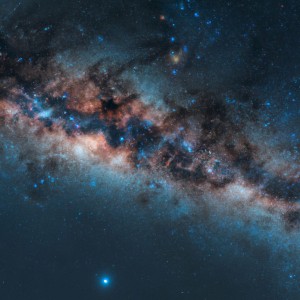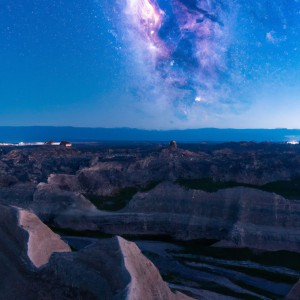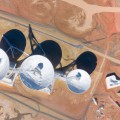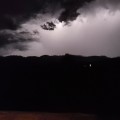The smallest things in the universe are a topic of great interest to scientists and people all around the world. Despite the vastness of space, there are still many mysteries to be uncovered, especially when it comes to the tiniest particles and structures that make up the fabric of the universe.
In this article, we will explore some of the smallest things in the universe, from subatomic particles to tiny structures that exist within molecules.

Subatomic Particles
The smallest things in the universe are subatomic particles, which are the building blocks of all matter. These particles are so small that they cannot be seen with the naked eye, and can only be observed through experiments using specialized tools like particle accelerators.
The most well-known subatomic particles are protons, neutrons, and electrons. Protons and neutrons are located in the nucleus of an atom, while electrons orbit around the nucleus. These particles are further broken down into smaller components known as quarks and leptons, which are the building blocks of the subatomic particles themselves.
The smallest known subatomic particle is the neutrino, which is nearly massless and interacts only weakly with other matter. These particles are created in the sun, other stars, and cosmic rays, and are so small that trillions of them pass through our bodies every second without us noticing.
Atoms
Atoms are made up of subatomic particles, and are the basic unit of chemical elements. They are incredibly small, with diameters ranging from 0.1 to 0.5 nanometers, depending on the element.
The smallest atom is hydrogen, which has a diameter of only 0.053 nanometers. Atoms are not solid objects, but are made up of a small, dense nucleus surrounded by a cloud of electrons.
Molecules
Molecules are made up of multiple atoms that are joined together by chemical bonds. They are much larger than atoms, with typical diameters ranging from 0.1 to 10 nanometers.
The smallest molecule is the diatomic hydrogen molecule, which contains only two hydrogen atoms. This molecule has a diameter of about 0.3 nanometers.
Crystals
Crystals are solids made up of repeating patterns of atoms or molecules. They are larger than molecules, with typical diameters ranging from 0.2 to 50 micrometers.
The smallest crystals are known as nanoparticle crystals, which are less than 100 nanometers in size. These crystals have unique properties, such as a high surface area to volume ratio, that make them useful in a variety of applications, including drug delivery, water filtration, and electronics.
Conclusion
In conclusion, the smallest things in the universe are subatomic particles, which are the building blocks of matter. These particles make up atoms, which are the basic units of chemical elements. Atoms can combine to form molecules, which are much larger than atoms, and molecules can form crystals, which are even larger.
Despite their tiny size, these particles and structures play a crucial role in the functioning of the universe, and their study continues to fascinate scientists and researchers around the world.













评论